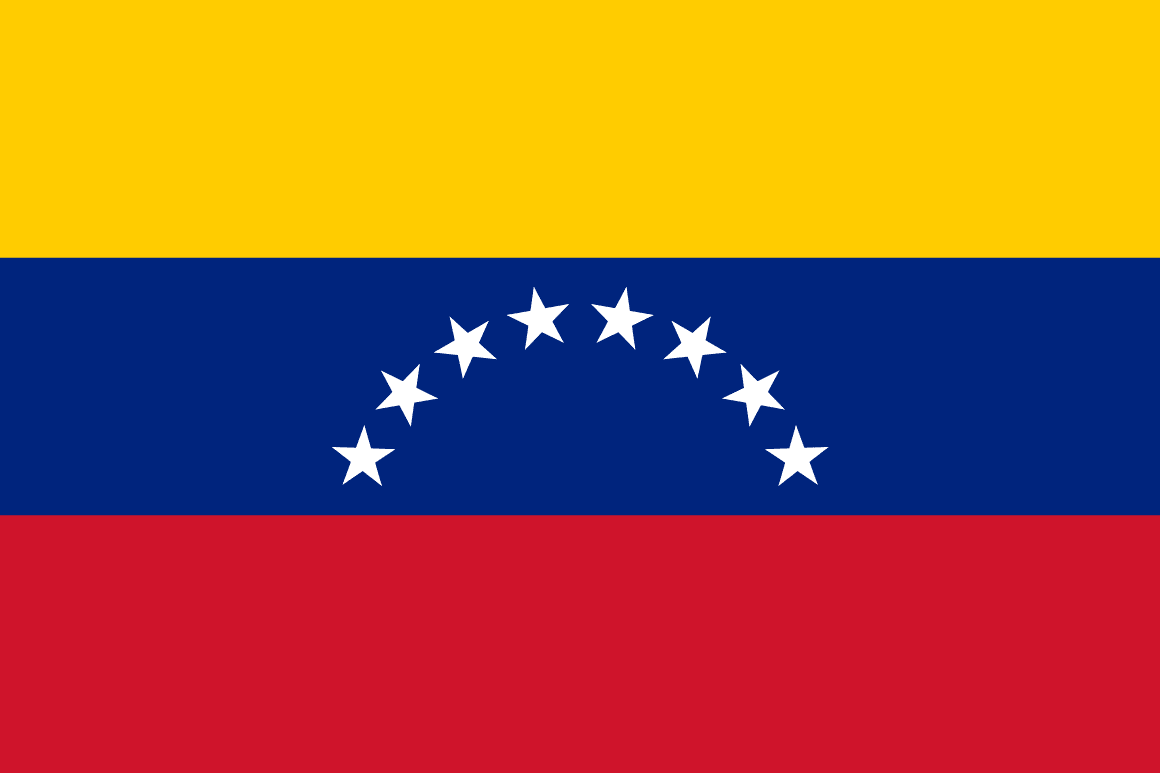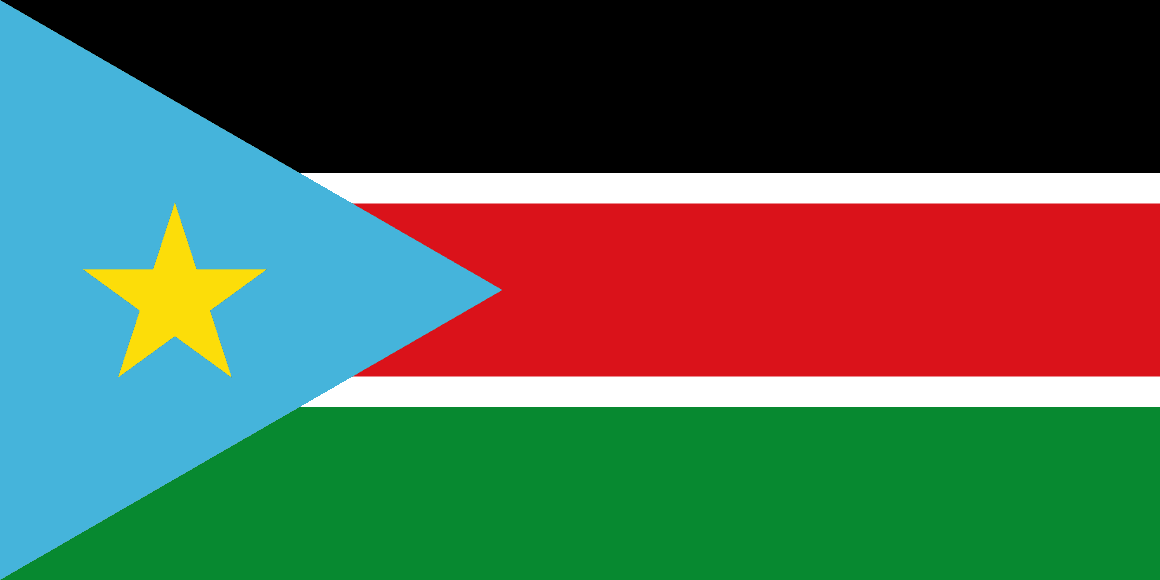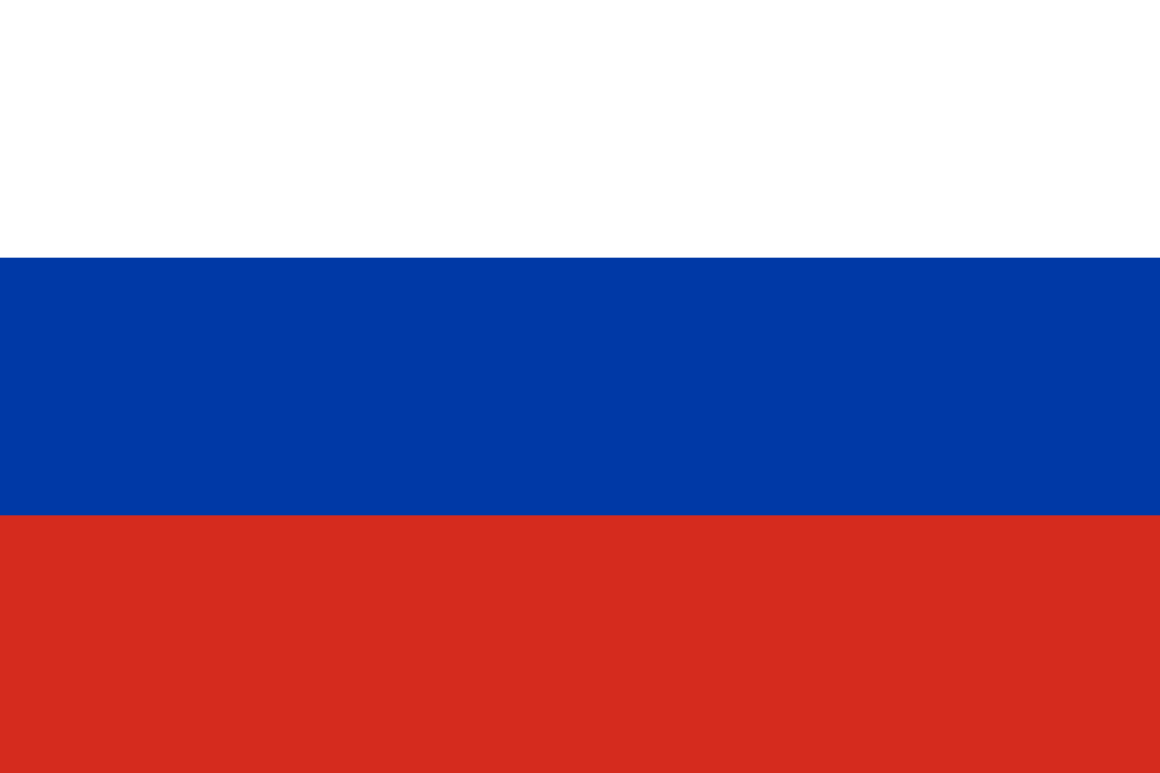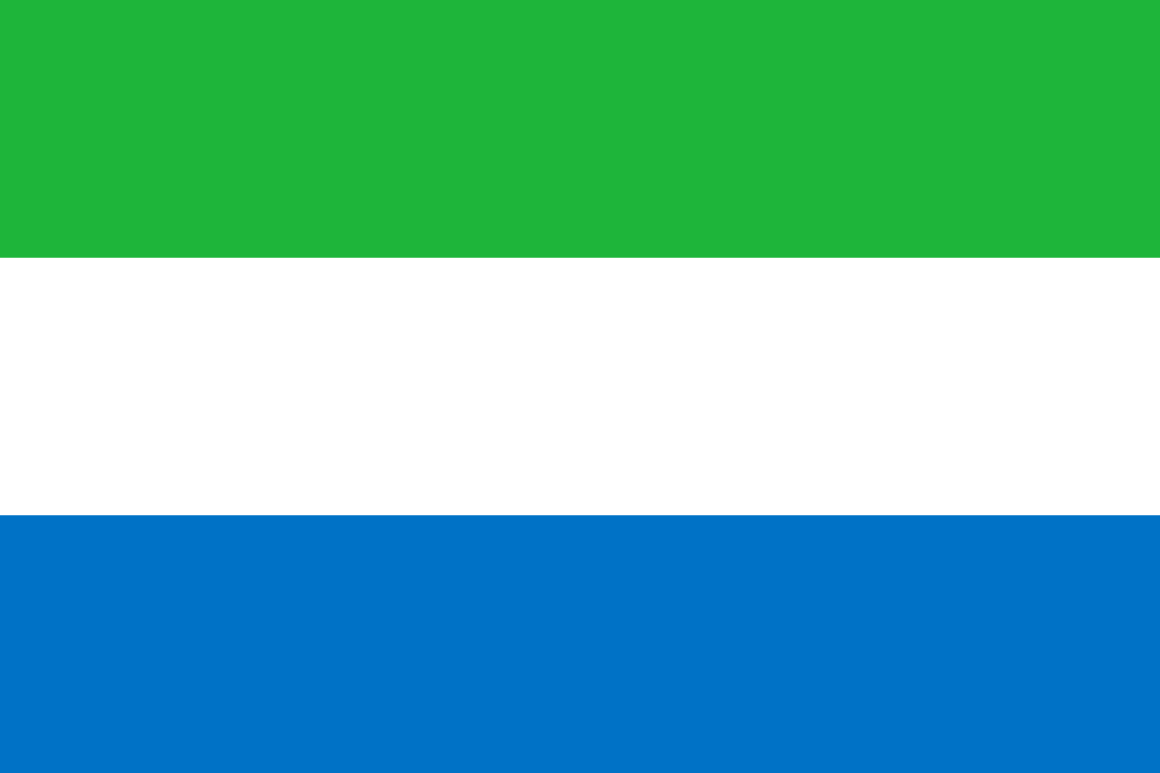
In Kapiri Mposhi District, Zambia, a growing illegal mining crisis is endangering vulnerable youth while enriching powerful individuals, including some traditional leaders. In 2023, District Council Chairperson Brilliant Munyeke reported a rise in unauthorised mining of gold, manganese, and copper, with young people increasingly drawn into dangerous, unregulated labour. These operations lack safety oversight, exposing youth to hazardous conditions. The situation is exacerbated by the involvement of influential figures – most notably, a traditional leader from neighbouring Mkushi District who is allegedly directing illegal gold mining in the Ilungu area of Chief Mukonchi’s jurisdiction. District Commissioner Francis Hasalama condemned the chief’s involvement, stating, “All these mining activities going on here are orchestrated by this chief,” and emphasised that traditional leaders should not be “at the center of committing illegalities.” Another source stated that the chief “claimed it was his land and [said] he can do anything with it”.

In December 2023, a major crackdown in the mountainous forests of Phan Son Commune, Binh Thuan Province, led to the arrest of 28 individuals engaged in large-scale illegal gold mining. Conducted by a force of 150 police officers and soldiers, the operation uncovered a sprawling site equipped with heavy machinery – including excavators, pumps, crushers, and pickup trucks – alongside chemical agents used in ore processing. The miners had built shelters and stockpiled supplies, allowing for extended occupation of the site deep in the forest, nearly 10 kilometres from the nearest road, indicating that the group had been working and living in the forest for an extended period. Several gold-coloured metal samples and a significant quantity of chemicals used for ore processing were confiscated.

The Orinoco Mining Arc, a massive 111,844 square km region encompassing 12.2% of Venezuelan territory announced in 2016 by President Nicolás Maduro as Venezuela's economic salvation beyond oil dependency, has faced fierce resistance from a coalition of environmentalists, Indigenous groups, scientists, and former government officials. Former Environment Minister Ana Elisa Osorio rejected the government's claims of "ecological mining," declaring "there is no possibility that open-pit mining can be environmentally friendly," while the National Academy of Natural Sciences, through Academic Secretary Antonio Machado-Allison, warned of "extreme deforestation along with disastrous health issues for local inhabitants." Indigenous opposition has been particularly vocal, with Gregorio Mirabal of the Regional Organization of Indigenous Amazonian People (ORPIA) condemning the mining initiative as "destruction of forests and watersheds," while the Coordination of Indigenous Organizations of the Amazon (COIAM) issued a statement from its 15 member groups rejecting the "pronounced capitalist overtones" of the project as "contrary to our conception of life and Mother Nature."


Armed groups have established complex smuggling networks for coltan (known as "blue gold") between Venezuela and Colombia, with the ELN and FARC dissidents controlling key river corridors in Guainía. Colombian authorities have made significant seizures, including 5 tons concealed in sand bags on the Guaviare River in March and 1.2 tons in Vichada valued at US$130,000 in July 2024. The mineral, crucial for electronics manufacturing, is primarily extracted from Venezuela's Orinoco Mining Arc and areas like Agua Mena-Parguaza in Bolívar state, where local communities mine it before selling to Colombian guerrillas at below-market rates. Venezuelan military officers allegedly facilitate the trafficking, with a kg fetching US$350-650 locally but ten times more internationally. Though Venezuela has made legal exports (5 tons to Italy valued at US$350,000 in 2018, for example), US sanctions in 2019 pushed most operations underground, with Italian authorities later seizing Venezuelan coltan arriving via Colombia's Cartagena port amid allegations of involvement by President Maduro's son, Nicolás Maduro Guerra, who was sanctioned by the US on corruption charges related to mineral exploitation.


The Yanomami Indigenous People are the largest semi-isolated tribe in South America, residing in the rainforests and mountains of northern Brazil and southern Venezuela. In the 1980s, a surge of gold miners into Yanomami territory led to widespread violence, disease exposure, and the destruction of villages. Over seven years, 20% of the Yanomami population died due to these impacts, including disease outbreaks to which they had no immunity. Five miners were found eventually guilty of genocide in a Brazilian court and Yanomami land in Brazil was demarcated as the ‘Yanomami Park’ in 1992, with miners being expelled. However, land invasion by illegal gold miners continues. In Venezuela, Yanomami are reported to have been exposed to violent attacks for several years, as well as suffering from displacement and sexual exploitation in exchange for food and other natural resources. In one Yanomami tribal village, 92% of the residents were found to have unsafe levels of mercury in their blood.

According to research from the London School of Economics, in Venezuela's Orinoco Mining Arc (OMA), the armed forces – tasked with state security – are actively involved in illegal mining operations. Established to promote mining development, the OMA granted special powers to the military, including control over security zones directly administered by the Ministry of Defence. Rather than curbing violence, this militarisation has entrenched criminality, with state agents allegedly collaborating with local sindicatos (criminal gangs) and Colombian armed groups. Military personnel reportedly sell fuel to these groups, operate checkpoints along illicit transport routes to extort bribes in cash and gold, and facilitate the smuggling of minerals by enabling clandestine flights out of the country. These operations suggest a systematic pattern of corruption and complicity, though rather than one centralised structure, multiple military factions and individuals appear to engage in and profit from different aspects of the illegal mining economy.

In 2019, it was estimated that 45% of miners in Venezuela’s Bolívar State were underage and extremely vulnerable to labour exploitation. Children are especially at risk of being trafficked in the area, as they are often unaccompanied, and those as young as nine have been found working in mines, exposing themselves to polluting and toxic substances and dangerous working conditions. They are also sometimes used by the criminal groups operating illegal mines as watchmen or informants.


According to investigations from the International Consortium of Investigative Journalists (ICIJ), BBC Panorama, Premières Ligners, and Global Witness culminating in a report in 2020, the Dubai gold dealer Kaloti Jewellery bought precious metals from sellers accused of laundering money for drug traffickers and criminal groups. It was also accused of purchasing Sudanese conflict gold in 2012. Between 2007 and 2016, more than US$9.3 billion worth of Kaloti transactions were flagged in suspicious activity reports. In 2013, auditors from EY and Deutsche Bank (where Kaloti held accounts), identified suspicious activity indicative of Money Laundering. Whistleblowers from both firms reported being ostracised as a result of raising the alarm on Kaloti, and the EY partner leading the investigation later sued EY for covering up the company’s failings and pushing him out of the firm. The London High Court awarded him US$11 million – a decision that EY is appealing. Following reports of Kaloti’s suspicious behaviour, the US Treasury commenced an investigation into its financial transactions and email communications. Between 2013 and 2016, four major banks closed accounts associated with Kaloti. However, the Treasury ultimately closed the case without charges or a designation of Kaloti as a Money Laundering threat.

In December 2024, a significant case of cross-border illegal mining was reported in South Sudan's Greater Pibor Administrative Area (GPAA). According to Chief Administrator Gola Boyoi Gola, more than 50 unauthorised Ethiopian mining companies had established operations in the Raad area of Jebel Boma County, encroaching approximately 15km into South Sudanese territory. These companies, equipped with earth-moving machinery, were extracting gold from the resource-rich region without proper licences or environmental oversight. The illegal mining operations had severe environmental consequences, particularly through the use of mercury in gold extraction processes. Chief Administrator Gola reported that mercury contamination had polluted the Akobo River, which flows through both countries, resulting in human fatalities and killing fish and wildlife. Despite repeated appeals from local authorities, the national government of South Sudan had not mounted an effective response to the encroachment as of December 2024.


In Sudan, Yevgeny Prigozhin's Wagner Group (now known as the Africa Corps) established an elaborate gold extraction network through Meroe Gold Limited – a company under Prigozhin's M Invest umbrella – that systematically circumvented normal mining regulations through a meticulously documented arrangement with Sudan's military intelligence apparatus. Leaked internal contracts revealed that M Invest paid Aswar Multi Activities Co. (operated by Sudanese military intelligence) US$100,000 monthly plus a US$200,000 upfront "goodwill fee" and US$500 per Russian personnel brought into Sudan, with Aswar providing weapons, equipment, and military transport in return. The partnership yielded extraordinary privileges – including permission for Meroe's aircraft to fly under military signal codes to avoid commercial tracking, access to military bases, and most critically, an unprecedented presidential directive in August 2018 ordering the Ministry of Minerals to waive the government's mandatory 30% stake in gold operations specifically for Meroe. This arrangement continued even after President Bashir's 2019 ouster, with documents showing Sudan Mineral Trading (SMT) – a company owned by the Sudanese military – acting as an intermediary to transfer additional gold rights to Wagner's operations while legal experts within Sudan's own Ministry of Minerals raised objections that were subsequently overridden. When US sanctions targeted Meroe Gold in July 2020, the operation simply transferred its mining waste treatment facility to Al Sawlaj for Mining Ltd., a shell company with a single employee (a former Meroe manager) that government sources confirmed was merely a new front for Wagner's continued extraction of Sudanese gold to finance Russian war efforts.

In September 2022, the municipality of Tampakan in South Cotabato, Philippines, made a decisive regulatory intervention by revoking the business permit of Sagittarius Mines, Inc. (SMI), the operator of Southeast Asia’s largest undeveloped copper-gold deposit. The revocation, announced by Mayor Leonard Escobillo, was based on findings that SMI had misrepresented its business classification, falsely registering as a mineral exploration manufacturer while operating as a general engineering contractor – an act deemed fraudulent under the Municipal Tax Code of 2012. The local government, through a routine audit, discovered the discrepancy and subsequently padlocked SMI’s facility in the village of Liberty. Despite the company’s separate legal challenge against a _397 million (US$6.9 million) tax liability, officials emphasized that the permit revocation was purely regulatory and unrelated to the tax dispute.

In El-Ebeidiya, northern Sudan, artisanal gold mining has created an acute environmental and public health emergency, where geologist Mohamed Abdelrahman documented miners using approximately 5.6 tons of mercury daily, with around 1,500 pounds washing into the surrounding environment each day from poorly managed tailings. A comprehensive 2021 study by Al Neelain University's Salih Ali Salih revealed devastating consequences: along a mere 40-mile stretch between Atbara and El-Ebeidiya, researchers identified approximately 700 waste heaps containing an estimated 450,000 tons of mercury-contaminated tailings, with 20% of these toxic piles located within 150 feet of residential homes. The contamination has infiltrated local water supplies, with testing confirming high mercury levels in one-fifth of drinking water samples, over a quarter of urine samples, and 7% of blood samples – predominantly from young children. Local communities report alarming health impacts, including increased miscarriages, paralysis, and blindness, while the situation has been dramatically worsened by the August 2023 flash floods that submerged hundreds of villages and mines across northern Sudan, washing concentrated toxic chemicals directly into drinking water and irrigation sources that serve the region's most vulnerable communities, creating what climate activist Nisreen Elsaim described as "a huge disaster" that compounds the humanitarian crisis in a country where warring military factions – notably the RSF under General Hemedti – actively encourage and profit from unregulated mining to finance their ongoing conflict.

Between January and March 2024, a catastrophic incident at the Naknak mining site in Greater Kapoeta in South Sudan highlighted the extreme dangers faced by unregulated artisanal miners when seven individuals perished after being trapped underground during a sudden rainstorm. The miners, lacking proper temporary shelters or safety protocols, sought refuge inside deep excavation holes as the rain began. Unaware of conditions on the surface, they were caught off guard when the nearby river flooded from its mountain source, rapidly filling their makeshift shelters – six miners drowned and another succumbed to injuries after reaching the surface, with only one survivor. This tragedy exemplifies how the absence of regulatory oversight, safety standards, and proper infrastructure in South Sudan's gold mining sector creates life-threatening conditions, especially for the estimated 60,000 artisanal miners operating across more than 70 concessions in the region, where basic safety measures and early warning systems for environmental hazards remain virtually non-existent.

According to reports from the Enough Project, high-ranking politically exposed persons (PEPs) from both Juba and the Kapoeta region have established small-scale mining operations using large detection machines in direct violation of the 2012 Mining Act. These officials deploy South Sudan People's Defense Forces (SSPDF) or National Security Service (NSS) soldiers to secure their mining sites against competitors while simultaneously monitoring foreign miners' activities in the region. According to local business sources, the monthly cash flows for some of these political-military leaders can reach US$2 million. By utilising government vehicles and personnel for their private mining activities, these officials avoid security, transportation, and wage costs that would otherwise cut into profits, allowing them to pocket proceeds without remitting the government's share of revenue – creating a system where the very officials tasked with enforcing mining regulations are systematically undermining them for personal gain.

The collapse of the Blyvooruitzicht Gold Mine in 2013, once a major producer west of Johannesburg, is illustrative of South Africa's broader mining crisis, where environmental, health, and social consequences are left unaddressed. After liquidation due to falling gold prices and labour unrest, the two final operators, DRDGOLD and Village Main Reef, each denied responsibility for rehabilitation, leaving behind toxic tailings, radioactive waste, and a lawless zone overrun by illegal miners. Around 11,000 residents now live amid contaminated air and water, frequent gunfire, and severe health risks, with only US$3 million allocated for cleanup – far below the estimated need. Acid mine drainage, dust storms carrying heavy metals, and radioactive soil in informal settlements like Tudor Shaft have created lasting public health threats, while government efforts to rehabilitate abandoned mines remain drastically underfunded and slow.

Across the world, women engage in mining and many other types of mining-related work, including working as laundresses, cooks or vendors, especially in illicit mining camps (and sometimes under conditions imposed by criminal groups that control the area and/or run the mining operations). Sometimes, they are deceived about the nature of work and working conditions and are instead trafficked into prostitution. In addition to organised sexual exploitation and trafficking in mining camps, illicit mining has been linked to sexual violence towards local women. For example, in August 2022, 12 women were reportedly raped by illegal miners in the Krugersdorp region of South Africa, with over 80 illegal miners arrested by law enforcement in connection with the incident.

In 2023, South Africa’s mining industry came under sharp scrutiny after Corruption Watch, a national anti-corruption watchdog, revealed that a staggering 38% of the 2,110 corruption complaints it received that year were related to mining – a significant jump from less than 25% in 2022. This dramatic increase signals a rising tide of public discontent and whistleblower activity in a sector long fraught with governance and compliance issues. With approximately 800 mining-related reports submitted by whistleblowers, concerns emerged that internal whistleblowing systems are either ineffective or distrusted, pushing employees to bypass internal channels in favour of external watchdogs.

In South Africa, mining communities are flourishing inside disused gold mines. Many of these illegal gold miners were previously employed by large mining firms and spend months at a time underground. While they can earn huge profits, the work is also dangerous – and occasionally fatal. Furthermore, there is significant involvement from criminal gangs, which provide weaponry to protect the miners from other gangs, or assist the miners by acquiring food and supplies while they are underground. Many miners have turned to these practices in response to high unemployment rates and poverty and are often extorted by the criminal gangs that run these underground mining communities. Authorities are increasingly cracking down on these underground communities, citing armed gang involvement and lost tax revenue. In attempts to drive out the miners, police have, in some cases, prevented food and water from being lowered into the mining shafts. However, some have argued that harsh crackdowns are an inappropriate response to illegal mining in South Africa, advocating instead for decriminalisation and regulation.

In December 2023, Sierra Leonean authorities arrested two Chinese nationals and one Sierra Leonean in Darakuru Village, Koinadugu District, for engaging in illegal gold mining without the mandatory Environmental Impact Assessment (EIA) License, violating Section 24(1) of the 2022 Environment Protection Agency’s Act. Investigations revealed that the suspects had been conducting unauthorised mining activities for several months. They were subsequently handed over to the Criminal Investigations Department at Mena Police Station in Makeni for further inquiry.

Rwanda plays a central role in the laundering of conflict gold originating from the Democratic Republic of the Congo. Gold mined in conflict-affected areas such as Walikale and Ituri is controlled by a mix of armed groups and corrupt military officers. Instead of being processed through legal Congolese export channels, large volumes of this gold are smuggled across the border into Rwanda. Once in Rwanda, the gold is laundered by being officially exported under Rwandan certification, obscuring its Congolese origin. In particular, Aldango Ltd, a gold refinery operating in Kigali’s Special Economic Zone, has been accused by regional monitoring groups of processing significant amounts of undocumented gold likely sourced from eastern Democratic Republic of the Congo.

Corruption occurs on a large scale in the Democratic Republic of the Congo’s cobalt industry, resulting in the continual siphoning of revenue from the country to foreign companies. Glencore, the Swiss mining conglomerate, was convicted of paying at least US$27.5 million in bribes to gain business advantages in the Democratic Republic of the Congo. As revealed in the Paradise Papers, Glencore engaged Israeli businessman Dan Gertler (now sanctioned by the US for corruption) to secure a substantial discount for its forthcoming purchase of Katanga Mining, a state-owned cobalt and copper mining company. Gertler, known for his close ties to Democratic Republic of the Congo President Joseph Kabila through previous dealings in weapons and diamonds, received a conditional US$45 million loan from Glencore. In return, he negotiated a price reduction for Katanga Mining from US$585 million to US$140 million. In 2022, Glencore was ordered to pay US$180 million to the Democratic Republic of the Congo authorities after being convicted of corruption, and in 2024, it was fined an extra US$152 million by Swiss authorities for failing to prevent a business partner from bribing a Congolese public official in 2011.

In 2023, the M23 rebel group (which has been accused of receiving support from Rwanda, including weapons and logistical aid) in the eastern Democratic Republic of the Congo took control of the Rubaya coltan mine – one of the most important sources of tantalum globally – and began extracting and taxing the mineral to fund their operations. According to The Wall Street Journal, the group earns as much as US$300,000 a month by extorting money from miners and transporters. The coltan is then smuggled across the border into Rwanda, where it is laundered into the legal supply chain by falsely certifying it as Rwandan origin and “conflict-free.” This practice of coltan smuggling is well documented – for example, in one incident in March 2021, a truck crossing the border from the Democratic Republic of the Congo to Rwanda was found to be carrying 24 sacks of smuggled coltan.

In June 2021, Rwandan authorities arrested two individuals in Rulindo District for conducting illegal coltan mining operations and exploiting Child Labour (Article 6 of the law regulating to Labour in Rwanda prohibits subjecting a child below the age of 18 to any form of work which is physically harmful to the child). The suspects had coerced 32 minors (who were rescued during the operation), aged between 12 and 16, to abandon their education and work in hazardous mining conditions. These children were paid between 7,000 and 8,000 Rwandan francs per kg of coltan extracted. The operation was uncovered following complaints from local residents about the destruction of their fields due to unauthorised mining activities. Subsequently, the arrested individuals were charged under laws prohibiting Child Labour and unauthorised mineral exploitation.


In June 2022, following the Russian invasion of Ukraine, G7 countries including the UK, Canada, US, and Japan introduced new sanctions banning the import of Russian gold, which is Russia’s biggest non-energy export. According to the UK government, Russian oligarchs had rushed to buy gold bullion in an attempt to avoid the financial impact of western sanctions. Given London’s status as a global gold trading hub, these actions aimed to significantly impact Putin’s ability to raise funds and shut Russian gold out of formal international markets.

In March 2024, a catastrophic rockslide at the Pioneer gold mine in Russia’s Amur region left 13 workers trapped 120 metres underground, sparking a desperate two-week-long rescue operation marked by extreme geological and logistical challenges. Despite the deployment of specialised teams and equipment from Siberia’s Kuzbas region, efforts were hampered by massive rubble volumes – ultimately found to be nine times higher than initially estimated – and rising water levels that flooded caverns that miners were sheltering in. Hopes were temporarily raised when reports emerged of tapping noises from within the mine, but the absence of confirmed contact, coupled with increasing risks of secondary collapses, forced authorities to call off the operation in April. The disaster prompted an official investigation into safety violations, with the mine's managing director arrested amidst mounting scrutiny of systemic lapses in industrial safety across the country.


The Environmental Crimes Financial Toolkit is developed by WWF and Themis, with support from the Climate Solutions Partnership (CSP). The CSP is a philanthropic collaboration between HSBC, WRI and WWF, with a global network of local partners, aiming at scaling up innovative nature-based solutions, and supporting the transition of the energy sector to renewables in Asia, by combining our resources, knowledge, and insight.